Proper hand hygiene: The facts
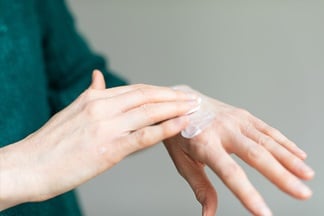
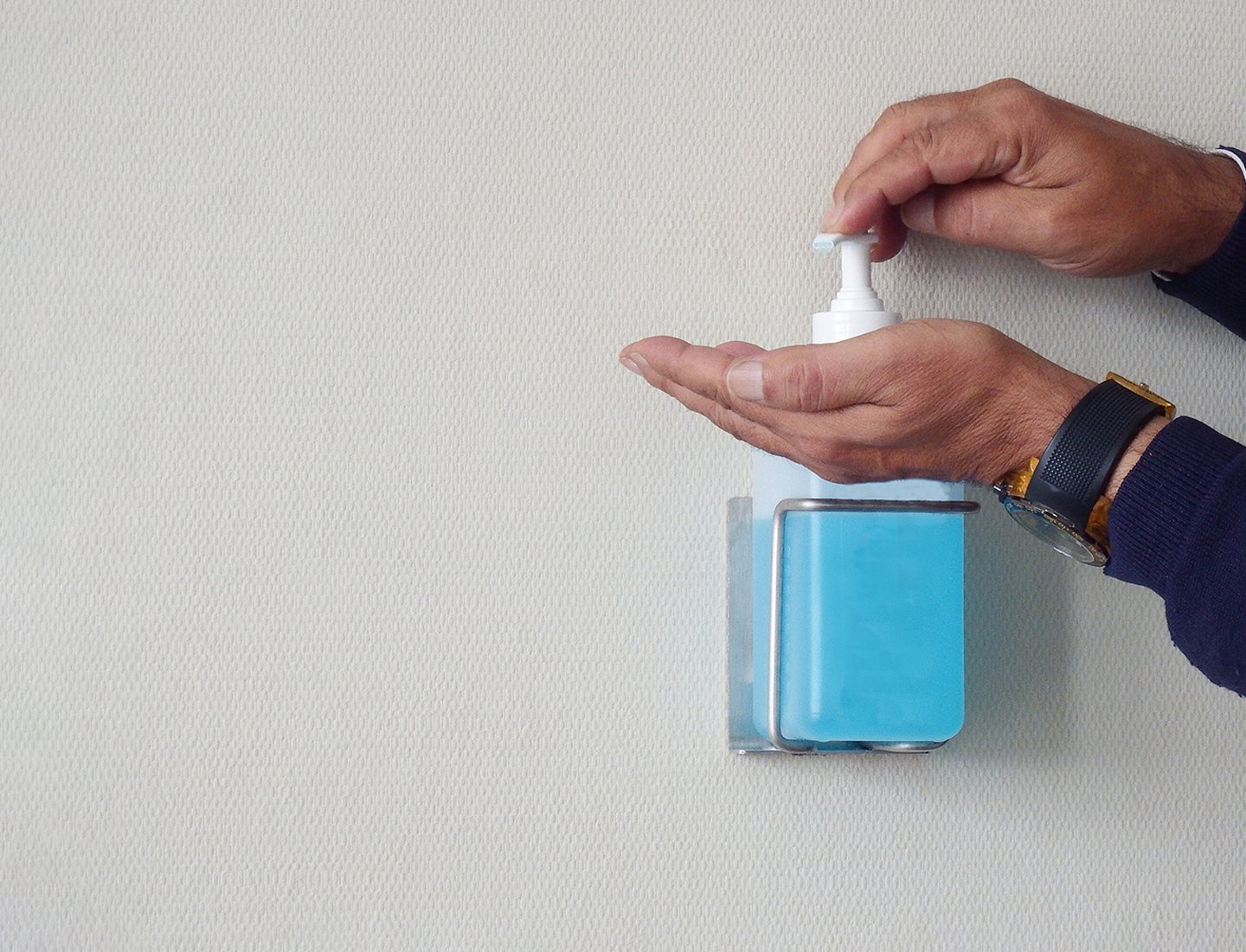

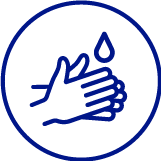
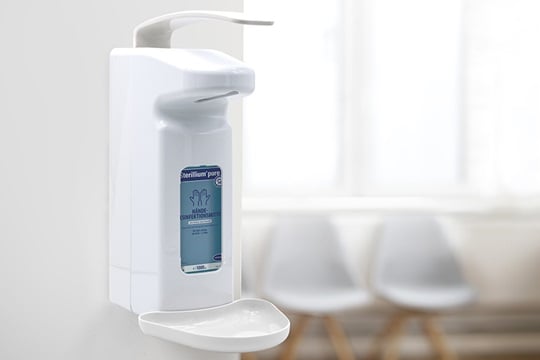
Shortly after the outbreak of the Covid-19 pandemic, we suddenly found hand disinfectants everywhere: at railway station entrances, on restaurant tables, or attached to people's backpacks. Today, a little more than three years later, while they can still be seen in many places in the form of dispensers or small bottles, they are now used much less frequently than at the height of the pandemic. [1]
At health facilities, too, it is apparent staff are now making less use of disinfectant compared to the beginning of 2020. This is best illustrated by declining hand hygiene compliance (HHC) rates [2]. Admittedly, the differences vary greatly from country to country, and from facility to facility. Nevertheless, as early as 2021 – while still in the midst of the pandemic – the WHO noted that HHC never exceeds 70% on average, even in industrialised countries. [3] In other words, healthcare workers, on average, do not perform hand hygiene in one out of four cases where it would actually be necessary.
What is the reason for this?
In most people's day-to-day lives, the decline in hand hygiene awareness can quite likely be explained by the fact that a large proportion of the population are now vaccinated. [4] As a result, the virus has lost its initial terror for many. The "new normal" has also inevitably led to a familiarisation effect. This is hardly surprising. After all, it is quite difficult for most people to maintain a high level of attention and vigilance around the clock.
In a study by the Kiilto group in 2020, 65% of respondents said they always disinfect their hands when entering public buildings. Two years later this figure dropped to "only" 48%. [5]
But why are HHC levels also falling in the health sector? After all, hand hygiene has long been part of the daily routine for employees, and is second nature to most.
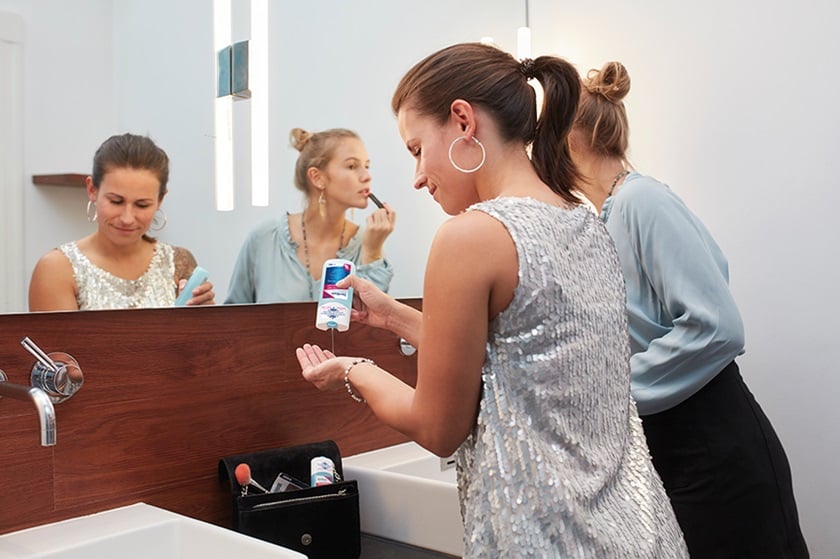

Various studies in different countries confirm that HHC in health facilities initially improved at the beginning of the pandemic, only to deteriorate again relatively quickly afterwards. A study from France, for example, shows that the use of hand disinfectants rose sharply in the first wave of the pandemic, but then only just exceeded the pre-pandemic level in the second wave. [6]
It should be noted that compliance levels decreased in many clinics across countries as the pandemic progressed. A study conducted at the University of Chicago Medical Centre (UCMC) in the period from September 2019 to August 2020 confirms this. While the average monthly HHC rate here was around 55% before the pandemic, it shot up to 92% in March 2020 and even to almost 100% in April 2020. In the following weeks and months, however, compliance deteriorated again. By August 2020, it was as low as 51% on average – in other words, even below the level before the pandemic. [7]
The HHC decline has various causes. One major factor is certainly due to professional disinfectants no longer being available in many clinics because of the sudden worldwide increase in demand. As a result, staff often washed their hands instead of disinfecting them. However, some health workers experienced skin irritations or eczema after some time as a result, since frequent hand washing with soap and water is usually less gentle on the skin than disinfection with high-quality products such as Sterillium®, which have refatting properties. [8]
Conversely, only those healthcare workers whose hands had not previously been damaged by frequent washing used hand disinfectants. This is because the alcohol contained in disinfectants often causes a burning sensation on skin that has been damaged by irritation or eczema. Both aspects (hand washing instead of hand disinfection as well as refraining from hand disinfection due to injured skin) could explain the worsening HCC.
Another explanation for the decline in compliance could be that many healthcare workers were so busy caring for COVID-19 patients that, at times, they simply did not have time for proper hand hygiene. [9] This reasoning still seems plausible today. After all, many clinics still suffer from staff shortages, time pressure and high workloads even after the pandemic.
Surely a certain familiarisation also began to take hold in the health sector. As the pandemic progressed, the initial fear of this new type of virus diminished and many professionals resumed their pre-pandemic habits. [10]
However, certain national and regional circumstances can also explain a lack of HHC at times. For example, a Chinese study found that medical personnel increasingly wore gloves during the pandemic instead of disinfecting their hands. [11] The fact that workers resorted to this measure shows that even despite the increased awareness of hand hygiene in the pandemic, there is still a need for further education. After all, wearing gloves is not a substitut e for proper hand disinfection for healthcare professionals. Actually, hands must be disinfected before and after each wearing of gloves.
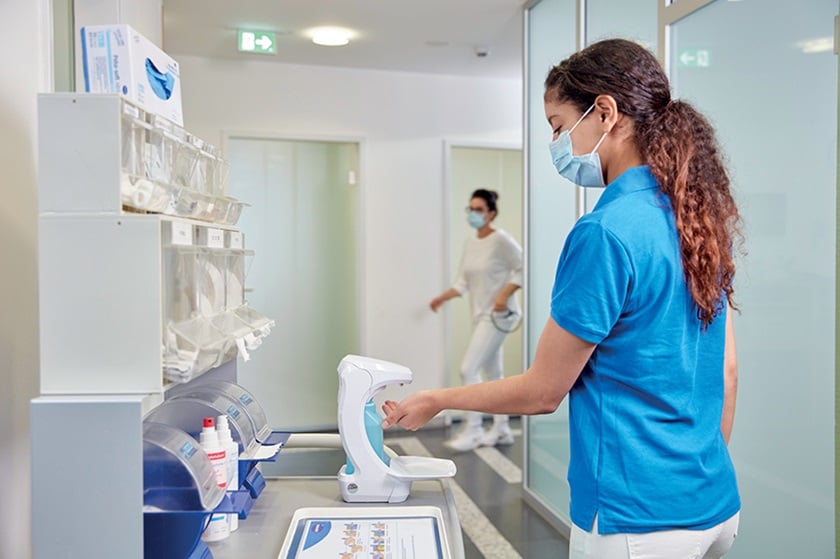
Experts assume that up to 90% of all infections occurring in hospitals are due to transmission via the hands. [12] One third of these infections are considered preventable [13], which is why proper hand hygiene remains a central component of infection control.
In the healthcare sector, there are specific situations employees should disinfect their hands, namely always...
For effective and correct hand hygiene, however, not only "when" but also "how" is crucial. The following points should be observed by healthcare workers:
To (re)increase compliance among medical staff, various measures can be taken – from regular staff training and choosing a skin-friendly disinfectant such as Sterillium® to managers setting a good example for the entire staff in terms of exemplary compliance.
Want to find out more about this and how to improve poor HHC? Our article on compliance tells you everything you need to know.
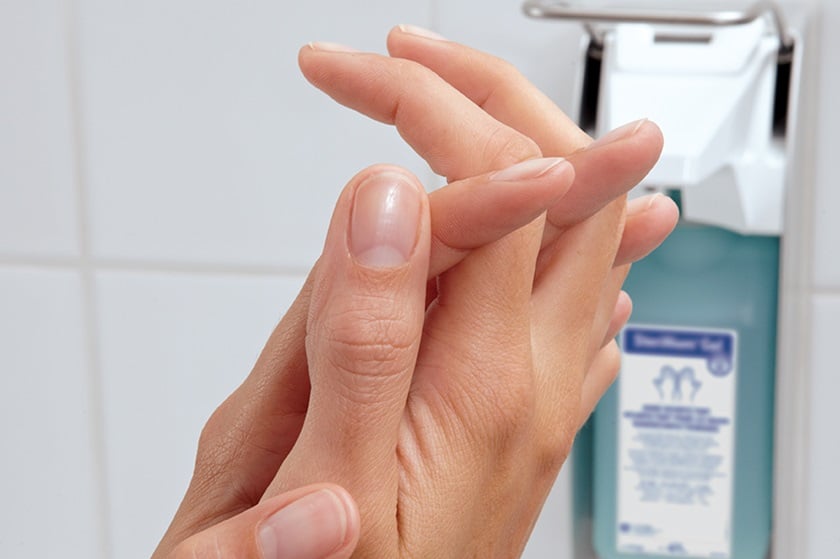
[1] kiilto.dk/ Study: Good hand hygiene habits are declining https://www.kiilto.dk/Nyheder/study-shows-that-our-good-hand-hygiene-habits-are-declining/
[2] Desinfacts 1 (2023), S. 16-17
[3] who.int/ Key facts and figures World Hand Hygiene Day 2021 https://www.who.int/campaigns/world-hand-hygiene-day/2021/key-facts-and-figures
[4] New York Times/ Tracking Coronavirus Vaccinations Around the World https://www.nytimes.com/interactive/2021/world/covid-vaccinations-tracker.html
[5] kiilto.dk/ Study: Good hand hygiene habits are declining https://www.kiilto.dk/Nyheder/study-shows-that-our-good-hand-hygiene-habits-are-declining/
[6] Desinfacts 1 (2023), S. 16-17
[7] Makhni, S., et al. (2021). "Hand Hygiene Compliance Rate During the COVID-19 Pandemic." JAMA Intern Med 181(7): 1006-1008.
[8] Reinholz M et al. (2021) Increased prevalence of irritant hand eczema in health care workers in a dermatological clinic due to increased hygiene measures during the SARS-CoV-2 pandemic. Eur J Dermatol;31: 392-395. https://doi.org/10.1684/ejd.2021.4046
[9] Sandbøl SG et al. (2022) Hand hygiene compliance among healthcare workers before and during the COVID-19 pandemic. Am J Infect Control; 50: 719-723. https://doi.org/10.1016/j.ajic.2022.03.014
[10] Si Ali A et al. (2022) Impact of COVID-19 pandemic waves on health-care worker hand hygiene activity in department of medicine and ICU as measured by an automated monitoring system. Infect Dis Health: S2468-0451(22)00120-1. https://doi.org/10.1016%2Fj.idh.2022.11.003
[11] Wu X et al. (2022) Application Effect of Transparent Supervision Based on Informatization in Prevention and Control of Carbapenem-Resistant Klebsiella pneumoniae Nosocomial Infection. Can J Infect Dis Med Microbiol; 2022: 2193430. https://doi.org/10.1155/2022/2193430
[12] The European Antimicrobial Resistance Surveillance System (EARSS): EARSS Annual Report 2008, National Institute for Public Health and the Environment (RIVM), Bilthoven
[13] THE LANCET 2000, 356: 1307 – 1312